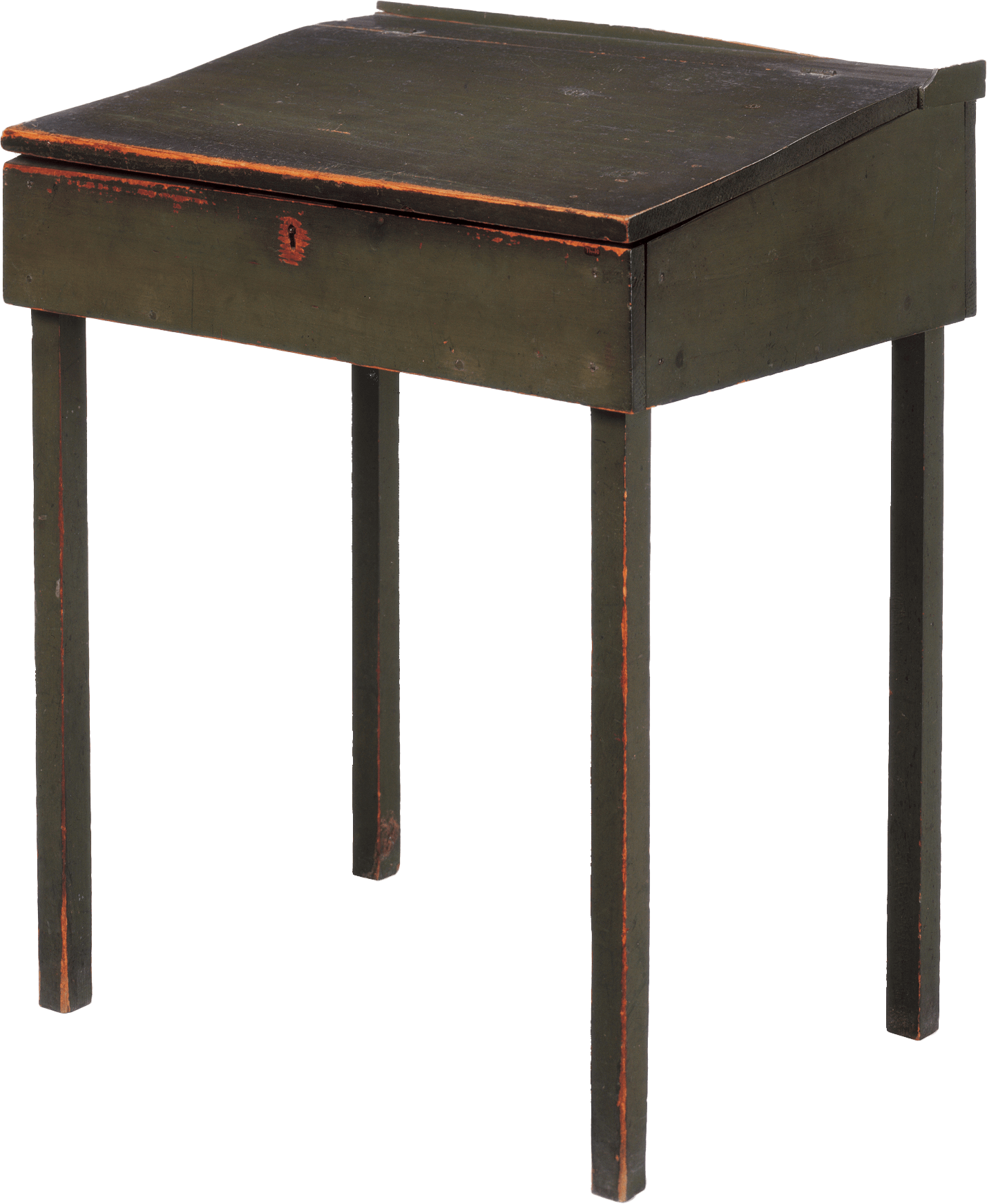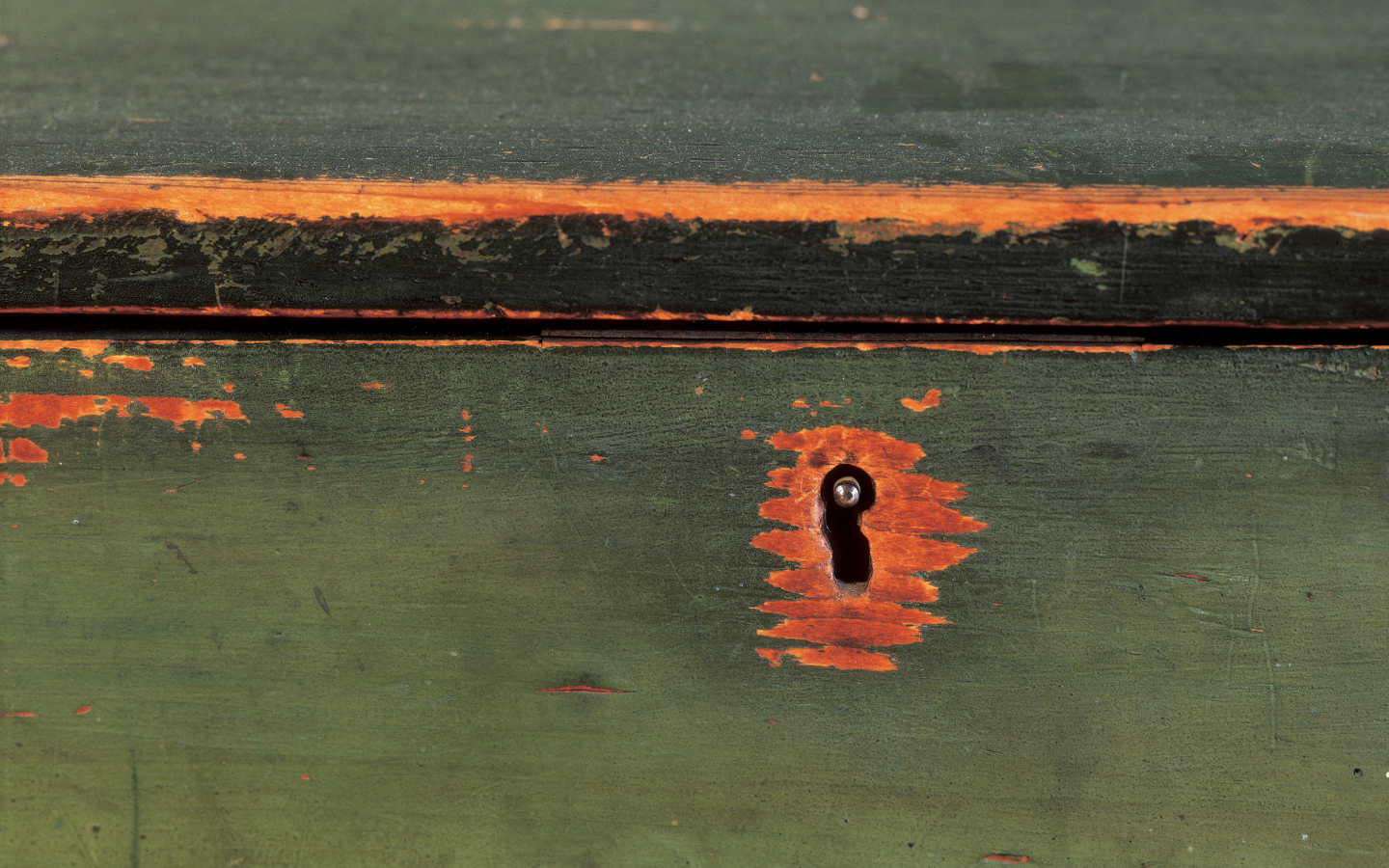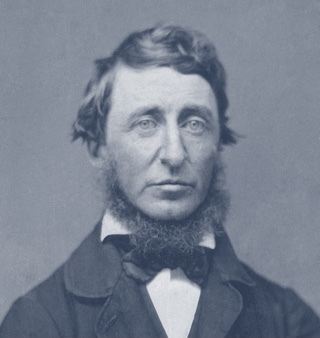half of the daylight hours walking,
then returned to this desk and
turned life into literature.
Thoreau used the desk for most
of his adult life.
Seated at it, he wrote Walden,
“Civil Disobedience,”
thousands of pages in his journal,
essays, lectures, and letters.



